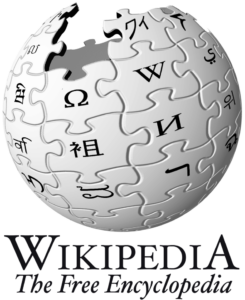Scientific Name: Moina brachiata (Jurine, 1820)
English Name: Water Flea
Local/Bangla Name: Pani Poka (পানি পোকা), Moina (ময়না)
Classification:
Kingdom: Animalia
Phylum: Arthropoda
Class: Branchiopoda
Order: Anomopoda
Family: Moinidae
Description:
Female: The head is relatively wide, with a supraocular depression positioned above the eye but not strongly marked. The eye is moderately sized and located near the dorsal margin of the head. Antennules are elongated and slender, with setae arranged in rings; a sensory seta is found on the lateral anterior margin of the antennules, about one-third of the distance from the head. Valves are either round or rectangular, with a granular surface and distinct reticulations. The ventral margin of the valves bears 35-41 long setae on the anterior two-thirds of the margin, followed by approximately 25 groups of shorter setae, each group consisting of 5-8 setae increasing in size towards the posterior end; setae at the posterior margin are not grouped. The postabdomen is large and relatively long, with a dorsal margin featuring a long bident tooth and 9-14 feathered teeth. The claw has a large pecten with 11-14 teeth, and its distal half is adorned with short setae; the ventral base of the claw has 5-8 slender teeth. The length of the female is 1.3 mm.
The life cycle includes both sexual and asexual phases. Typically, the population consists entirely of females that reproduce asexually. Under favorable conditions, reproduction occurs as early as 4-7 days of age, with each female producing 4-22 offspring. Broods are produced every 1.5-2.0 days, with most females producing 2-6 broods during their lifetime. When environmental conditions become unfavorable, males are produced, and sexual reproduction takes place, leading to the formation of resting eggs (ephippia), similar to those of brine shrimp eggs.
Habitat & Distribution in Bangladesh:
Commonly found in rivers in Bangladesh, such as the Halda River.
Environment:
Freshwater, Brackish
References:
Ahmed ATA, Kabir SMH, Ahmad M, Rahman AKA, Haque EU, Ahmed ZU, Begum ZNT, Hassan MA, Khondker M (eds.) (2008) Encyclopedia of Flora and Fauna of Bangladesh, Vol. 18. Part II. Arthropoda: Crustacea. Asiatic Society of Bangladesh, Dhaka, 226 pp






